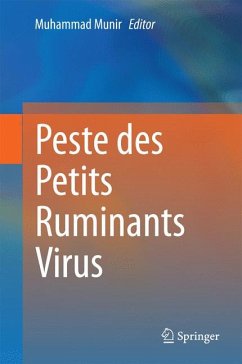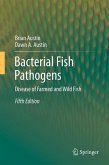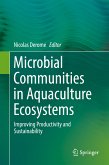Each of the book's 13 chapters is dedicated to a specific topic, providing up-to-date literature and discussions by renowned scientists who have made seminal contributions in their respective fields of expertise. Special emphasis has been placed on the analysis of different global efforts to eradicatePPR. This book offers a valuable reference source for virologists, field veterinarians, infection and molecular biologists, immunologists, scientists in related fields and veterinary school libraries.
Dieser Download kann aus rechtlichen Gründen nur mit Rechnungsadresse in A, B, BG, CY, CZ, D, DK, EW, E, FIN, F, GR, HR, H, IRL, I, LT, L, LR, M, NL, PL, P, R, S, SLO, SK ausgeliefert werden.
"This is a timely reference with up-to-date scientific information on peste des petis ruminants (PPR) for virologists, immunologists, veterinarians, and educators. ... This book collects a wealth of information on PPR from more than 30 scientific experts. The audience includes research investigators such as virologists, immunologists, epidemiologists, and pathologists. Veterinarians and regulatory individuals also may refer to this book depending on their purposes." (Dongwan Yoo, Doody's Book Reviews, February, 2015)









